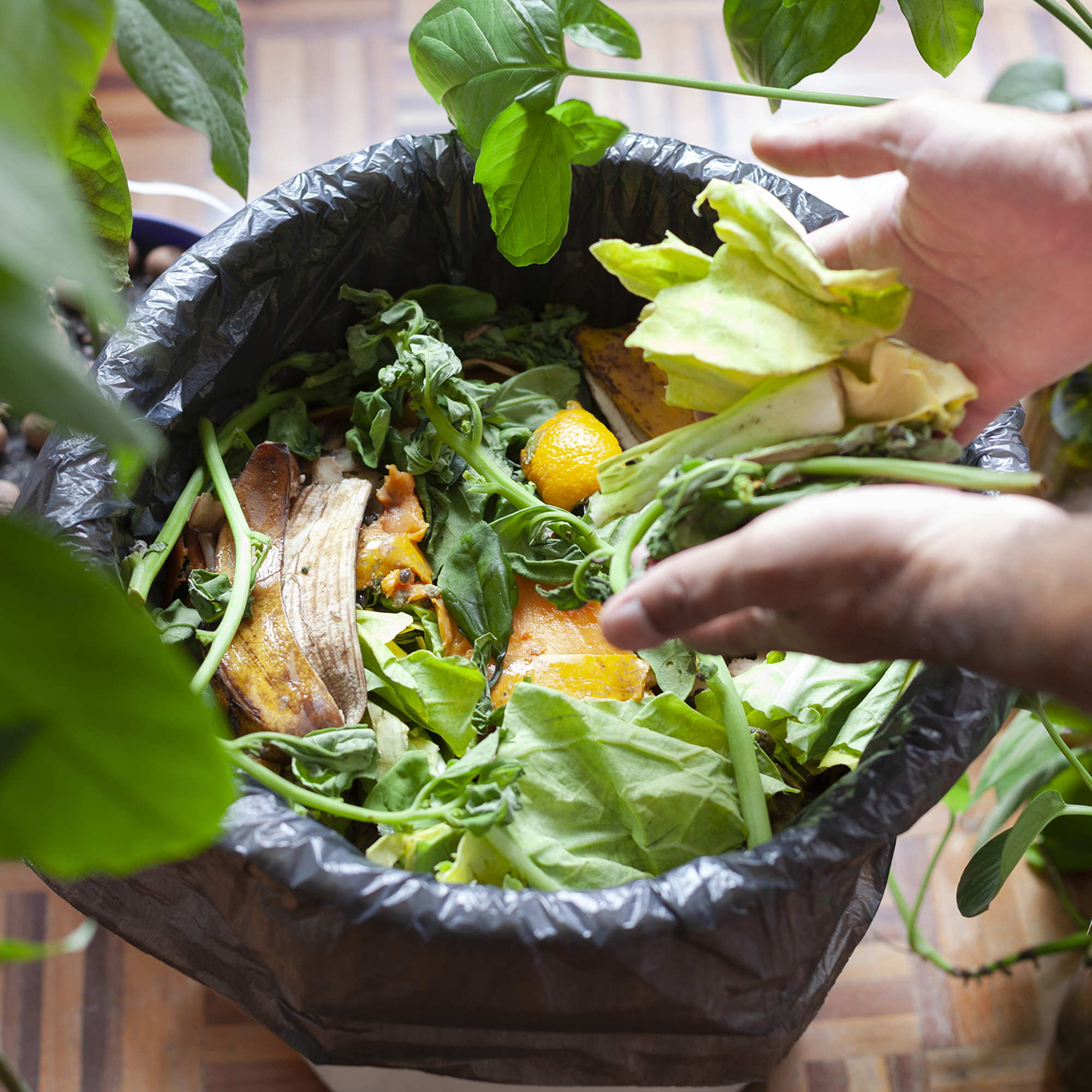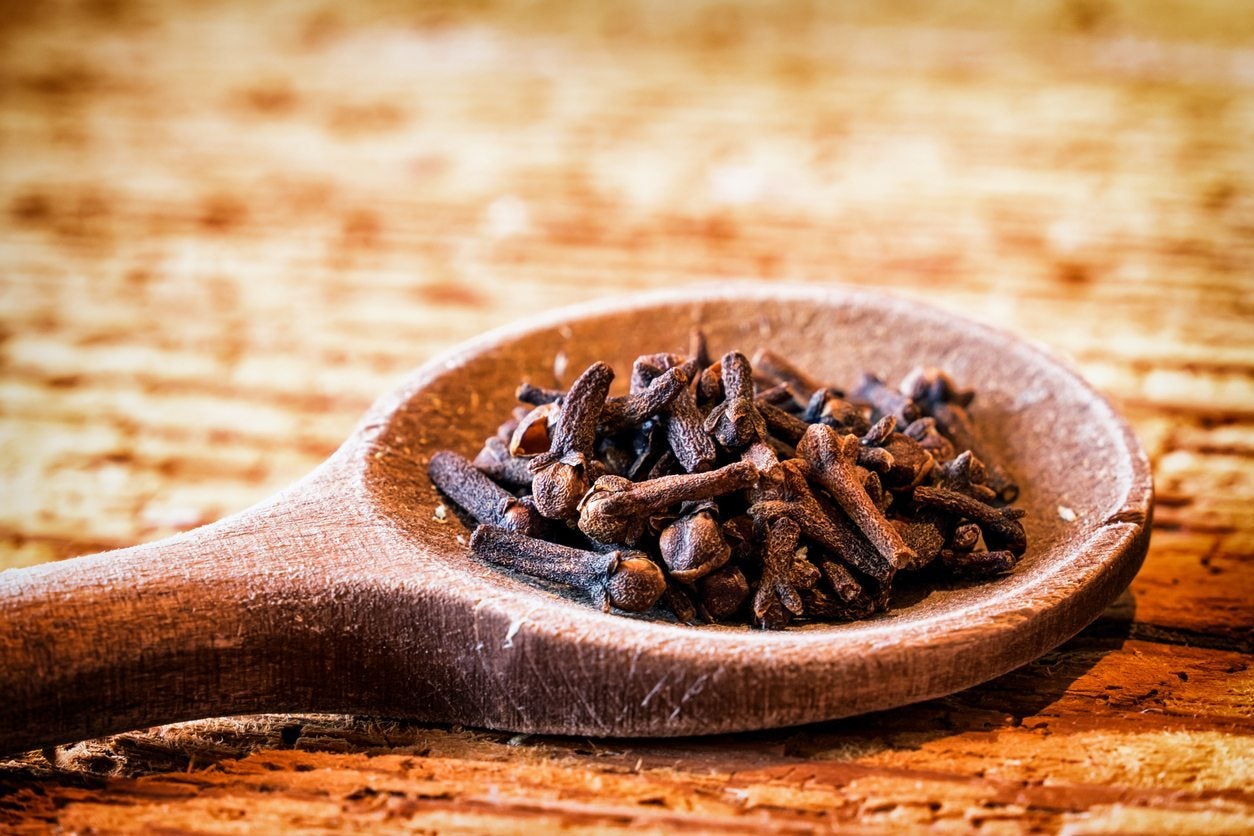What Are Clove Tree Uses: Clove Tree Information And Growing Tips


Clove trees (Syzygium aromaticum) produce the cloves you use to spice up your cooking. Can you grow a clove tree? According to clove tree information, it’s not hard to grow these trees if you can provide ideal growing conditions. If you are wondering what it takes to grow this tree or about clove tree uses, read on.
Clove Tree Information
The clove tree is native to Indonesia, but clove tree information suggests that it has naturalized in many warm countries. These include Mexico, Kenya, and Sri Lanka. The plant has been cultivated since 200 B.C. to produce cloves. The most important clove tree use is, of course, the plant’s aromatic dried buds, or cloves. The name cloves comes from Latin “clavus,” meaning nail, as cloves often look like small nails. Clove trees are evergreens that grow to some 40 feet (12 m.) tall. Their bark is smooth and gray, and their long, 5 inch (13 cm.) leaves look like bay leaves. Blossoms are tiny – about ½ inch (1 cm.) long – and gather in clusters at branch tips. The entire plant is fragrant and aromatic.
Clove Tree Growing Conditions
Can you grow a clove tree? You can, but it’s hard for most gardeners to replicate ideal clove tree growing conditions. Clove tree information tells you that the tree is native to wet, tropical areas of the world. Therefore, the trees grow best in a hot and wet region. Ideal growing conditions include at least 50 to 70 inches (127-178 cm.) of rainfall annually. The minimum temperature for clove trees is 59 degrees F. (15 C.). Most commercial clove producers locate their plantations within 10 degrees of the equator.
Clove Tree Care
If you happen to live in such an area, and near the ocean, you probably won’t have much trouble growing clove trees. Plant the seeds in well-drained, fertile loam, then follow good practices for their care. One part of clove tree care is to install shade plants to protect the young seedlings for the first few years. Banana plants work well to provide this temporary shade. Clove trees are not a short-term project. The trees regularly live a century and sometimes live for over 300 years. More pertinent to the average gardener, you’ll have to wait at least 20 years for the tree to produce a full crop.
Clove Tree Uses
Many Americans use cloves for cooking. They are popular spices for baked hams and pumpkin pie. However, clove tree uses are much broader than this globally. In Indonesia, cloves are used to make popular clove aromatized cigarettes. Other clove tree uses are medicinal. Extracted clove oil is also used as an essential oil that is used medicinally. Some people make tea from cloves as well, which is considered to help with stomach upsets, chills, and impotence.
Gardening tips, videos, info and more delivered right to your inbox!
Sign up for the Gardening Know How newsletter today and receive a free copy of our e-book "How to Grow Delicious Tomatoes".

Teo Spengler is a master gardener and a docent at the San Francisco Botanical Garden, where she hosts public tours. She has studied horticulture and written about nature, trees, plants, and gardening for more than two decades. Her extended family includes some 30 houseplants and hundreds of outdoor plants, including 250 trees, which are her main passion. Spengler currently splits her life between San Francisco and the French Basque Country, though she was raised in Alaska, giving her experience of gardening in a range of climates.
-
 4 Superfast Composting Methods: Turn Waste Into Garden Gold In 30 Days Or Less
4 Superfast Composting Methods: Turn Waste Into Garden Gold In 30 Days Or LessTry the fastest composting methods to turbocharge your pile and transform kitchen scraps and garden waste into finished compost in just a few weeks.
By Mary Ellen Ellis
-
 Best Spider Plant Soil – Complete Soil Guide And Expert Tips For Keeping Plants Happy
Best Spider Plant Soil – Complete Soil Guide And Expert Tips For Keeping Plants HappySpider plants are fun and easy plants to grow, but what is the best soil for a spider plant? Selecting the right soil is important so they can thrive.
By Bonnie L. Grant
-
Clove Tree Sumatra Info: Recognizing Sumatra Disease Of Cloves
Sumatra disease is a serious problem that affects clove trees, particularly in Indonesia. It causes leaf and twig dieback and will, eventually, kill the tree. Learn more about clove tree sumatra disease symptoms and how to manage and treat cloves with sumatra disease here.
By Liz Baessler
-
 Common Clove Tree Issues – Managing Problems With Clove Trees
Common Clove Tree Issues – Managing Problems With Clove TreesDid you ever poke cloves into a baked ham for the holidays and wonder where they come from? They are unopened flower buds that grow on a clove tree. Before you plant a clove tree, you should learn a little about clove tree problems. This article will help with that.
By Teo Spengler
-
 Can You Grow Cloves In Containers – How To Grow A Clove Tree In A Pot
Can You Grow Cloves In Containers – How To Grow A Clove Tree In A PotIt's tempting to want a clove tree of your very own, but their extreme sensitivity to cold makes them impossible for most gardeners to grow outdoors. Can you grow cloves in containers? Learn more about caring for container grown clove trees in this article.
By Liz Baessler
-
 Clove Tree Pests: Controlling Pests On A Clove Tree
Clove Tree Pests: Controlling Pests On A Clove TreeClove trees (Syzygium aromaticum) are evergreens grown for their aromatic flowers. The clove itself is the unopened flower bud. A number of clove tree pests attack the plant. For more information about pests of clove trees, click this article.
By Teo Spengler
-
 Clove Tree Propagation Tips – Methods For Propagating Clove Trees
Clove Tree Propagation Tips – Methods For Propagating Clove TreesWhile the spice is technically the plant's seed, you cannot buy a jar of cloves at the grocery store and plant them to grow a clove tree of your own. If you would like to know how to propagate a clove tree, click here for clove propagation methods and tips.
By Darcy Larum
-
 Common Clove Tree Diseases: Learn How To Treat A Sick Clove Tree
Common Clove Tree Diseases: Learn How To Treat A Sick Clove TreeAlthough they are generally hardy and easy to grow, clove trees are susceptible to several clove tree diseases. Click on the article that follows for more information about diseases of clove trees and tips on how to treat a sick clove tree.
By Mary H. Dyer
-
 Clove Harvest Guide: Learn How To Harvest Cloves For Kitchen Use
Clove Harvest Guide: Learn How To Harvest Cloves For Kitchen UseThe cloves you use to flavor your dishes are the result of at least 6 years of growth on the part of the tree. Six years is the minimum time it takes the tree to flower. If you?re interested in learning more about the harvesting of cloves, this article will help.
By Amy Grant
-
 Common Uses For Cloves – How To Use Cloves From Your Garden
Common Uses For Cloves – How To Use Cloves From Your GardenIf you?re lucky enough to have a clove tree in your yard, you can harvest and use your own cooking and medicinal spice. Clove tree uses range from basic landscaping to actually harvesting and cooking with your cloves. Here are some ideas for what to do with your backyard cloves.
By Mary Ellen Ellis